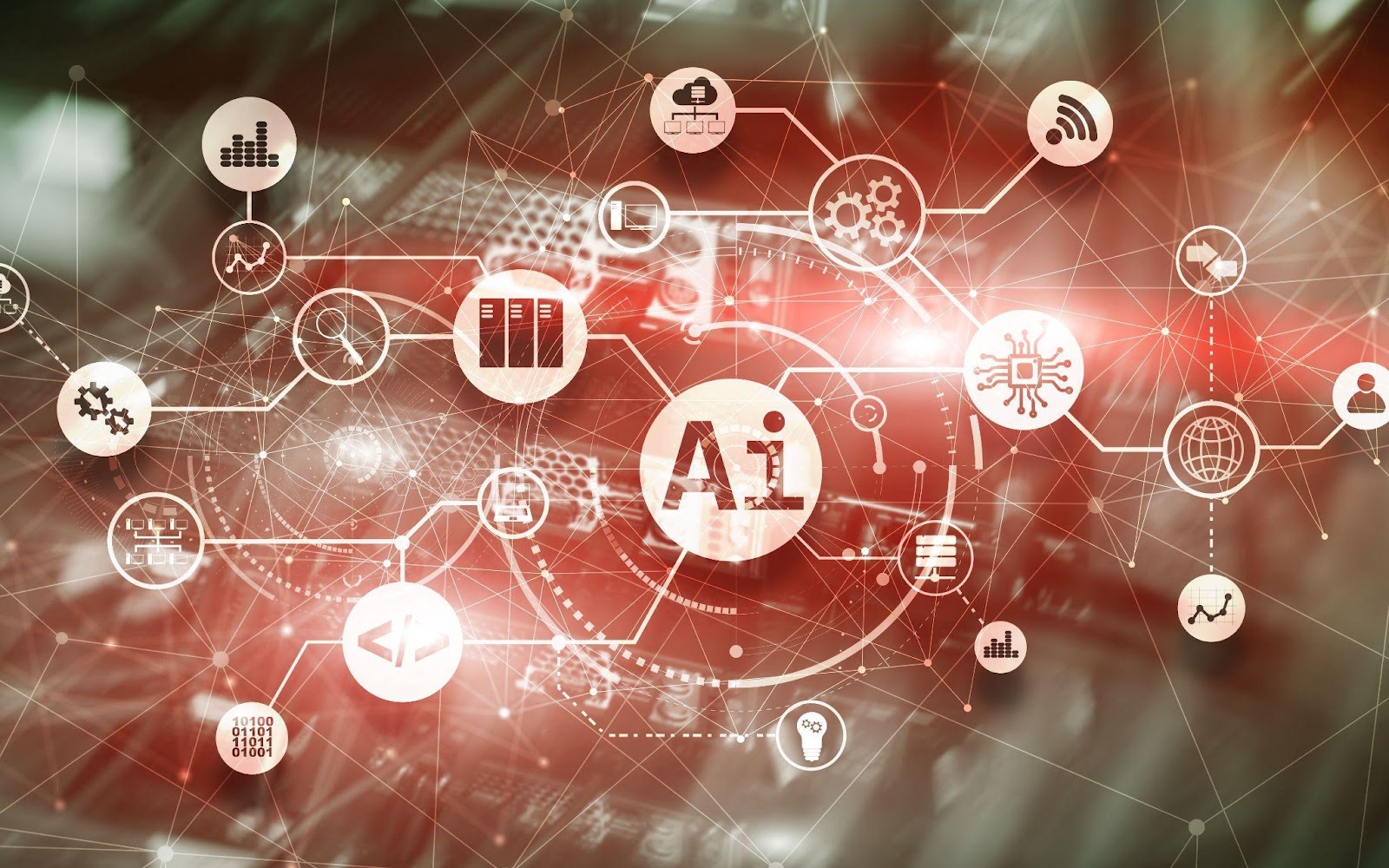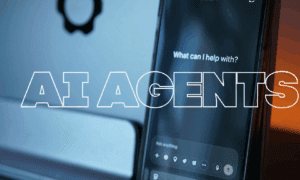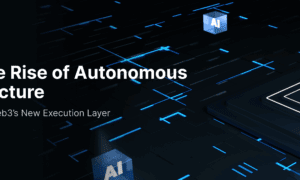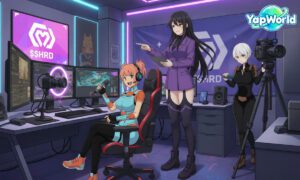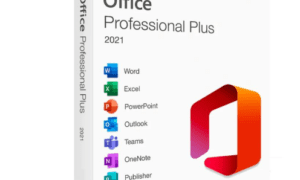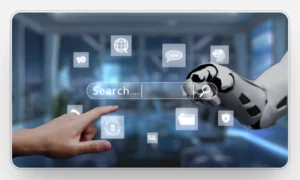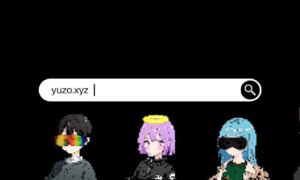A few years ago, the thought of connecting one’s coffee maker or thermostat to the internet felt revolutionary; however, in 2025, the spotlight seems to have shifted, replacing the once novel concept of IoT (Internet of Things) toward an entirely new frontier called the “Internet of AI Agents.”
Just as the IoT once knitted together billions of devices, this budding ecosystem of AI Agents seeks to interconnect billions (eventually trillions) of autonomous digital entities in an effort to reimagine how the internet might evolve over the coming decade.
From Silos to a Global Network
As things stand, today’s AI agents are unable to discover or talk to agents outside their own platform or vendor framework, resulting in a patchwork of brilliant but incompatible mini-AIs. In other words, there is a clear divide when it comes to having a set of “open standards” that made the original internet of people and information so powerful.
To alleviate the pressure of this growing bottleneck, tech leaders and researchers across the U.S., Europe, and beyond have started spearheading initiatives to build a connective fabric for these agents. At MIT, for example, the university’s Media Lab wing is exploring a decentralized index to enable rapid agent discovery and authentication while networking giant Cisco’s incubator has teamed up with partners like LangChain and LlamaIndex to launch “AGNTCY,” an open-source collective dedicated to an interoperable Internet of AI Agents.
Importantly, this Internet of AI Agents isn’t just about getting digital entities to simply chat with one another but more about enabling complex cooperation, with global advisory giant Gartner predicting that in the near to mid term, collaborative AI agents will be able to work synergistically with both humans and other agents, sharing knowledge and coordinating efforts, especially in multi-faceted domains like supply chain management.
Moreover, the company estimates that by 2028 one-third of all interactions with generative AI will involve autonomous agents handling tasks rather than just responding to direct user prompts.
Yet to reach that vision, the nuts and bolts need to be in place as there still exist a host of questions that have remained unanswered. For instance, How will an AI agent find another agent with the exact expertise needed, halfway around the world? How can they establish mutual trust and credentials? How can these agents “speak” to each other if built by different companies in different coding languages?
These are fundamentally infrastructure questions that are slowly but surely being answered, especially with the entry of projects like Coral Protocol into the mix. In brief, it is an open-source project offering the foundational fabric for an Internet of AI Agents, thus building the lingua franca and highway system for autonomous AI services.
Anyone can build agentic applications.
Pick ready-to-use AI agents to build your multi-agent system or
or install full-fledged applications.We have created a library of ready-to-use agents and multi-agent systems.
Build your multi-agent systems under 5 minutes👇 pic.twitter.com/0d88ByYZn5
— Coral Protocol (@Coral_Protocol) July 24, 2025
A True Gamechanger
At the forefront of Coral’s design lies the idea of interoperability, with the project establishing a common message format so that an agent built in, say, Python with one framework can understand the instructions or information from an agent built in Java with another framework. This standardized messaging is akin to giving all agents a shared language, preventing the “Tower of Babel” scenario that currently plagues multi-agent projects.
On top of that, Coral introduces what its creators call “modular coordination mechanisms,” which in layman’s terms is a way to orchestrate complex tasks by breaking them into parts and assigning them to different agents in a workflow. Furthermore, the architecture is flexible wherein there is no “one master AI” delegating tasks to sub-AIs rather all activities are graph-structured, allowing teams of agents to form dynamically and even reconfigure on the fly.
Perhaps even more crucially, Coral provides secure team formation features, meaning agents can cryptographically verify each other’s identities and reputations before collaborating. It’s a bit like how an e-commerce platform might show a seller’s rating and credentials as in this case, an AI agent might present verifiable proofs of its capabilities or the organization backing it.
Last but not least, the protocol includes a built-in payment system that lets agents compensate one another for services provided, enabling autonomous micro-transactions and an incentive-aligned marketplace of AI services. In fact, this is where the crypto element comes in as Coral’s native token, $CORAL (which was launched recently), can be deployed on the Solana blockchain to handle high volumes of small payments at speed.
The idea is that if a personal AI agent, for example, needs to quickly hire another agent to translate a document or crunch some data, it can pay that agent instantly in a machine-to-machine commercial transaction.
Why This Matters Now
Over the past year, large language models like GPT-4 have dazzled with their ability to generate text and code, but they still continue to operate largely in isolation, i.e. one query at a time. The real world, however, often demands parallelization and specialization and as a result, no single AI (not even a super-smart one), at least at the moment, can single-handedly run a global corporation or respond to every facet of a disaster scenario.
By networking AI agents, it is possible to leverage division of labor in the digital realm with countless narrow experts, each handling what it’s best at, and collectively tackling complex objectives. Such a setup can offer leaps in productivity and new services that weren’t possible before.
In fact, it’s telling that 93% of IT leaders in a recent survey said they intend to introduce autonomous AI agents into their operations within two years.
In other words, the enterprise world is betting that agents can shoulder routine decisions and tasks, freeing humans for higher-level creativity. And as all those agents come online, the need for them to seamlessly plug into each other’s workflows is becoming more critical.
Source: Depositphotos

